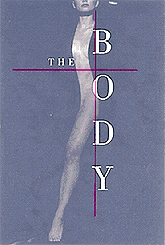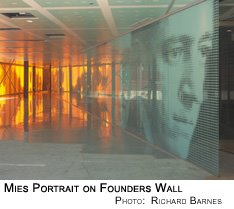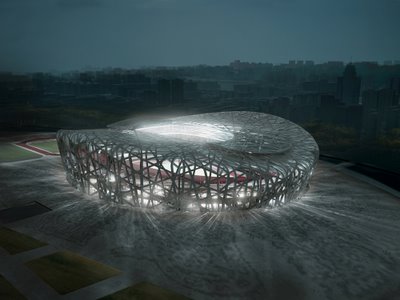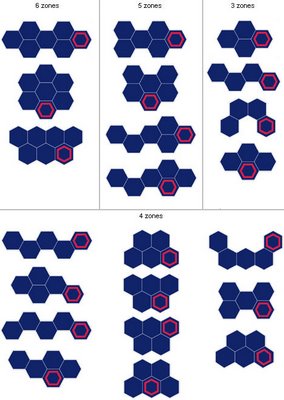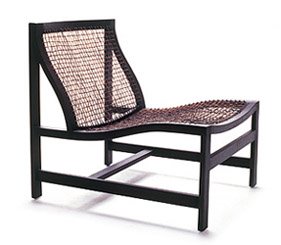
read the following via: www.inhabitat.com. i've cut and pasted the actual set of commentaries posted on the same blog...read on.
Filipino designer Kenneth Cobonpue has good design in his genes. His mother, Betty Cobonpue, founded a furniture design and manufacturing company in the Phillipines in the early seventies, where she gained a reputation for her innovations in the use of rattan. Kenneth left the islands to go to Pratt Institute for Industrial Design and has been back in his native region for nearly ten years, integrating his traditional design heritage with his industrial training.
The Segovia chair (pictured above) was inspired by Dutch designers Rud Thygesen and Johnny Sorensen. It was made for a special exhibition in Manila re-interpreting Danish designs using indigenous and renewable materials. The seat is woven with natural manila hemp (abaca) twisted around fine strands of wire and the structure is made of native mahogany.
comments (five): from article's original thread
awesome…kavita (email) - 01 10 05 - 08:09
Kenneth Cobonpue has done some interesting pieces, but the chair you featured above is a very strong “inspiration” (copy) of a famous danish design called the King’s Furniture from Fredericia. The designers that should be credited are Rud Thygensen & Johnny Sorensen. It is only fair to pay credit where credit due. The designers are still alive and living in Copenhagen. You can find there work at http://www.fredericia.com Christian Black (email) (link) - 01 10 05 - 21:38
Christian. Thank you so much for pointing that out. I was unaware of Fredericia. I am going to try to send Kenneth Cobonpue an email and find out whether he has created this as something openly inspired by the Danish dedsigners…It’s a mystery at this moment to both Jill and I! I most definitely want credit to be given to the appropriate recipients, and the elder designers are clearly the first. The process of creating “knock-offs” of classic designs is a delicate one, and can obviously be problematic. I’ll pass on whatever I find out as soon as I can. Sarah (email) - 02 10 05 - 00:37
For readers interested in Christian’s inquiry as to the source of this design, the following is from Kenneth Cobonpue:“The chair that you have on your website is inspired by Rud Thygesen and Johnny Sorensen. It was made for a special exhibition with some friends in Manila re-interpreting Danish designs using indigenous and renewable materials. In that exhibition, credit was given to the original designers. In my interpretation, the seat is woven with natural manila hemp (abaca) twisted around fine strands of wire and the structure is made of native mahogany. Where it is under my control, credit is always given to the original designers.” Sarah (email) - 02 10 05 - 00:37
hi, just curious about kenneth cobonpue’s piece “segovia” chair which is definitely a danish “inspired”piece…is the exhibition he mentioned documented? may i know what’s the name of the exhibiton? when and where it took place?if i make an alvar aalto “paimio” chair and replaced the wood with another material, say mahogany – does it make it worthy to call it my design? and give it a new name and then sell it in my website?please let me know what your thoughts are on this topic. thanks! doug (email) - 08 12 05 - 18:48



